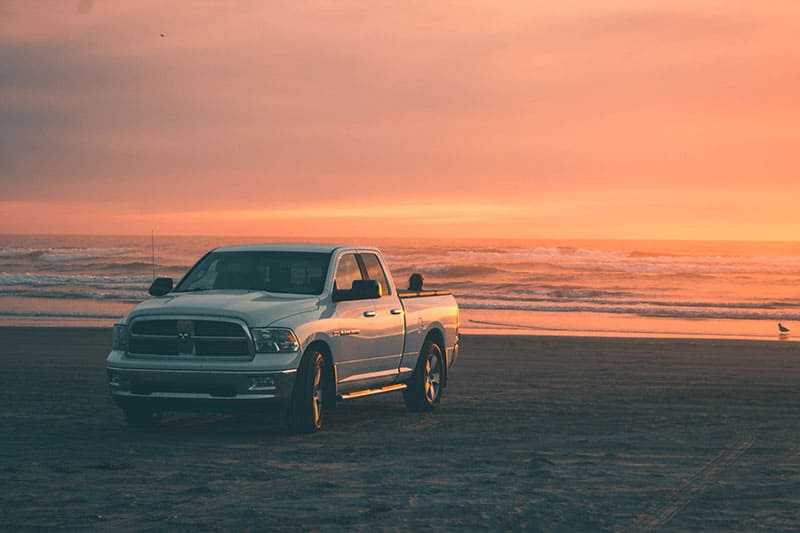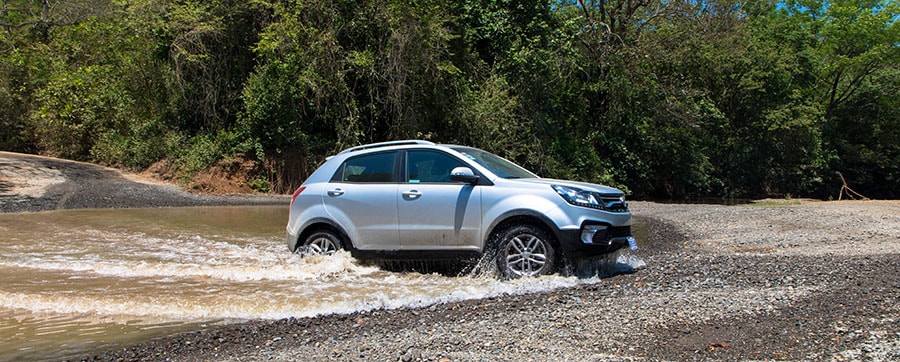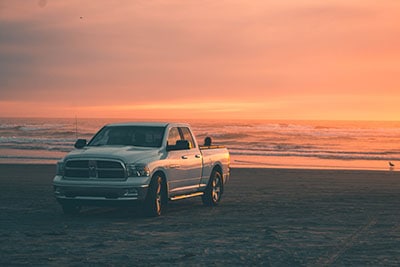
If you’re planning to explore Costa Rica on your own or with friends, renting a car can offer unparalleled freedom—but it also comes with a host of insurance requirements and extra fees that can quickly add up. This guide will walk you through everything you need to know about car rental insurance in Costa Rica, how to navigate the rental process, and what additional costs to expect. By the end of this article, you’ll be fully equipped to make a stress-free, informed decision about your rental car.
Is Car Rental Insurance Mandatory?
While car rental insurance isn’t “technically” mandated by law, Costa Rica enforces a strongly recommended requirement: all visitors must carry liability insurance that covers damages or injuries you may cause to third parties while driving. Because local roads can be challenging and unpredictable, it’s best to have adequate insurance coverage to protect yourself from costly repairs or liability claims. (Remember: your personal auto insurance might not extend to rental cars in Costa Rica, so verify with your provider before you travel.)
The Car Rental Process Upon Arrival
When you arrive in Costa Rica, your rental process begins with a warm welcome from a rental agency representative who meets you at your designated pickup location—often at the airport or a nearby transfer point. You’ll be asked to present essential documents such as your valid driver’s license and a major credit card for the deposit.
The representative will then review your rental agreement, explain the various insurance options available (including mandatory liability and optional collision damage waivers), and verify that the deposit hold is in place.
Following this, you’ll be guided through a thorough vehicle inspection, where any existing damage should be noted and confirmed on the paperwork. Once the process is complete and you sign off on the car’s condition, you’re ready to hit the road and begin your Costa Rican adventure with confidence. In essence, expect the following process:
- Meeting Point:
A representative from the rental agency will meet you at the scheduled time and location (for example, a hotel or the airport). Note that some locations, like the San José area, may offer free hotel pick-up and drop-off; other locations might include a fee. - Documentation:
You must present a major credit card (in your name) and a valid driver’s license. (You must be at least 21 years old to rent.) - Deposit Hold & Paperwork:
The agency will place a hold on your credit card for a deposit and review all the paperwork and insurance options with you. You will inspect the car and sign off on its condition. - Return Process:
On your final day, return the car to the designated location. Note that unused rental days are not refunded if you return the car early.
Tip: Always inspect the vehicle thoroughly upon pick-up—take photos of any existing damage to avoid disputes when you return the car.
Understanding Your Insurance Options
When you rent a car in Costa Rica, you will be offered several types of insurance coverage. Knowing what each covers will help you decide which options best suit your travel plans and budget.
Liability Insurance
What It Covers:
- Damage or injuries you cause to third parties (people or property).
Key Points:
- Although not “legally” mandated as a stand-alone purchase, Costa Rican law strongly recommends that all drivers carry liability coverage.
- Check if your personal auto insurance or travel insurance covers you abroad; however, many rental companies require that you purchase local coverage regardless.
Collision Damage Waiver (CDW/SLDW)
What It Covers:
- Financial protection against damage to the rental vehicle in the event of an accident or collision.
Key Points:
- Typically comes with a deductible, which means you pay a portion of the repair cost.
- Sometimes known as Loss Damage Waiver (LDW) or Vehicle Damage Waiver (VDW).
- Some companies offer “super CDW” options with a lower or even no deductible.
- Note: Even if you have coverage from your credit card or home insurance, many rental agencies insist on local CDW coverage.
Zero Deductible Insurance (“Super CDW”)
What It Covers:
- Damage to the rental vehicle with no deductible; you pay nothing out-of-pocket in the event of an accident or collision.
Key Points:
- An optional upgrade that provides complete peace of mind.
- It is usually more expensive than the standard CDW.
- Not always available—it depends on the rental company’s policies.
Insurance Options Comparison
Below is a quick table summarizing the main coverage options:
| Insurance Type | What It Covers | Deductible | Notes |
|---|---|---|---|
| Liability Insurance | Third-party injuries and property damage | N/A (Mandatory/Strongly Recommended) | Often included in the rental package; verify with your insurer. |
| Collision Damage Waiver (CDW/SLDW) | Damage to the rental car (accident, collision) | Standard deductible (varies) | May be offered with options for “super CDW” (lower deductible). |
| Zero Deductible Insurance | Full coverage for rental car damage with no out-of-pocket expenses | Zero deductible | An optional upgrade; typically costs more for complete coverage. |
Additional Rental Costs You Should Expect
When budgeting for your car rental, keep in mind that the base rental rate is only part of the total cost. Additional charges may include:
- Insurance Fees:
Local liability, CDW, and optional zero-deductible insurances. - Taxes:
A value-added tax (VAT) of up to 13% applies. - Fuel:
Rental cars are typically provided with a full tank; you must return the car full or pay a refueling fee. - Additional Driver Fees:
If you need an extra driver, expect a daily fee. - Drop-off Fees:
Returning the car to a different location may incur extra charges. - GPS Rental:
Optional navigation devices might be available for an extra fee. - Airport Concourse Fees:
Some airports add an extra tax on top of the rental and insurance cost.
Tip: Always verify whether your quoted price includes all mandatory fees and taxes to avoid surprises on arrival.
Important Tips When Comparing Rental Rates

Before finalizing your rental, ask these key questions:
- Are all insurance options and fees clearly disclosed?
Look for a breakdown of base price, insurance, taxes, and extra fees. - Does the quoted price include airport fees and taxes?
Make sure that any airport pickup or concourse fees are factored in. - What type of vehicle is guaranteed?
Some companies list vague terms like “intermediate 4×4” that may not meet your expectations. - Can you use your credit card to waive certain insurance coverages?
In Costa Rica, most rental companies require you to purchase local insurance—even if your credit card offers collision coverage. - Vehicle Condition and Additional Accessories:
Confirm the presence of essential features (automatic transmission, GPS, infant car seats, etc.) and inspect the vehicle on arrival.
Local Information: Time and Weather in Costa Rica
Stay updated with local conditions to ensure smooth travel:
- Current Time in San José:
Use online tools (e.g., Zeitverschiebung.net) to check the local time. - Weather Forecast:
Visit reliable weather sites to monitor forecasts, especially during the rainy (green) season when road conditions can change rapidly.
Final Thoughts
Renting a car in Costa Rica is a fantastic way to explore the country at your own pace, but it comes with its own set of challenges—especially when it comes to insurance and additional fees. By understanding the mandatory liability coverage, optional CDW/SLDW policies, and the benefits of zero deductible insurance, you can confidently navigate the rental process. Always check the fine print, inspect your vehicle upon arrival, and ask the right questions to avoid unexpected costs.
Plan ahead, compare your options, and use reliable rental companies. With these tips in mind, you’ll be well on your way to a safe, enjoyable, and hassle-free driving experience in beautiful Costa Rica.

